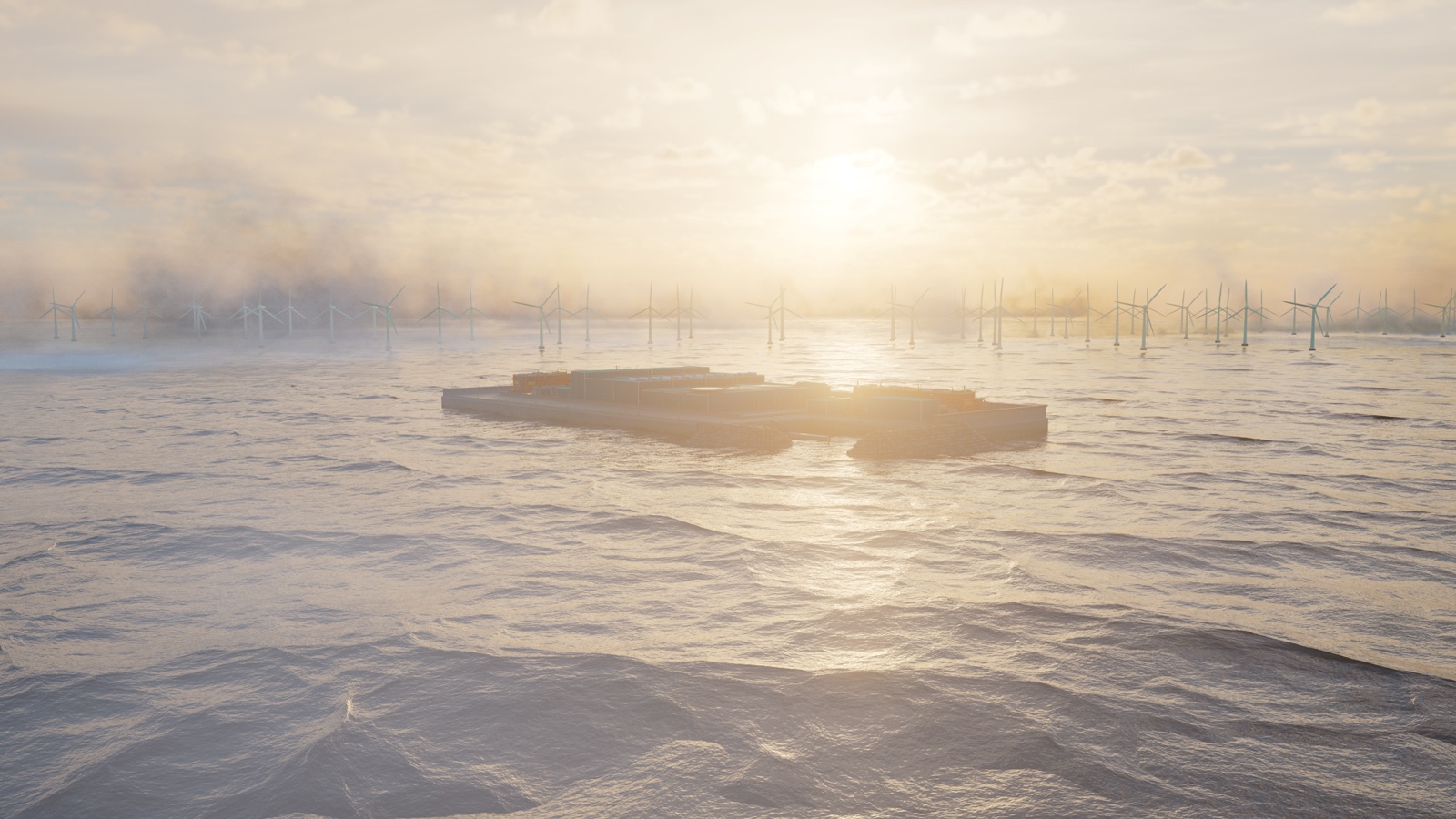
Tanya Weaver Thu 31 Oct 2024
Collected at: https://eandt.theiet.org/2024/10/31/belgium-build-worlds-first-artificial-energy-island-potential-produce-35gw-wind-capacity
Elia Transmission Belgium has secured €650m to realise the first phase of the Princess Elisabeth Island project, an artificial energy island off the Belgian coast.
ETB, Belgian’s electricity system operator, and the European Investment Bank (EIB) have signed a €650m ‘green credit facility agreement’ to start work on the project.
This artificial island, constructed between 2024 and 2027, will be located about 27.9 miles off the Belgian coast in the North Sea and within the Princess Elisabeth wind zone.
Consisting of wind turbines, as well as both high-voltage direct current and alternating current infrastructure, the project aims to integrate 3.5GW of offshore wind capacity into Belgium’s electricity grid, with the potential to power more than three million households.
ETB says that this is an important project to reduce the country’s reliance on fossil fuels, as well as help Europe transition towards green energy and meet the EU’s renewable energy targets.

EIB
The high-voltage infrastructure installed on the island will bundle together the export cables of other Princess Elisabeth Zone wind farms. Once built the island will also serve as a hub for future hybrid interconnectors.
These hybrid interconnectors will perform two functions: enabling power exchanges between Belgium and its European neighbours, including the UK, while also being connected to large offshore wind farms in the North Sea.
Robert de Groot, vice president of the European Investment Bank, said: “This initiative not only strengthens Belgium’s energy infrastructure but also fosters vital interconnections with neighbouring countries, thereby promoting increased regional cooperation.”
Catherine Vandenborre, Elia Group’s interim CEO, said: “Our proven expertise and pioneering work on creating an artificial energy island amplify Europe’s innovative edge and competitiveness amid a global energy shift.”
The first of the island’s caissons, or foundations, are currently being built in Vlissingen in the Netherlands, and will soon be sunk at sea and filled with sand to form the foundations of the island.
The project is backed by the REPowerEU initiative, which aims to reduce Europe’s reliance on fossil fuel imports and accelerate the shift to sustainable energy, as well the European Recovery and Resilience Facility under NextGenerationEU.

Leave a Reply